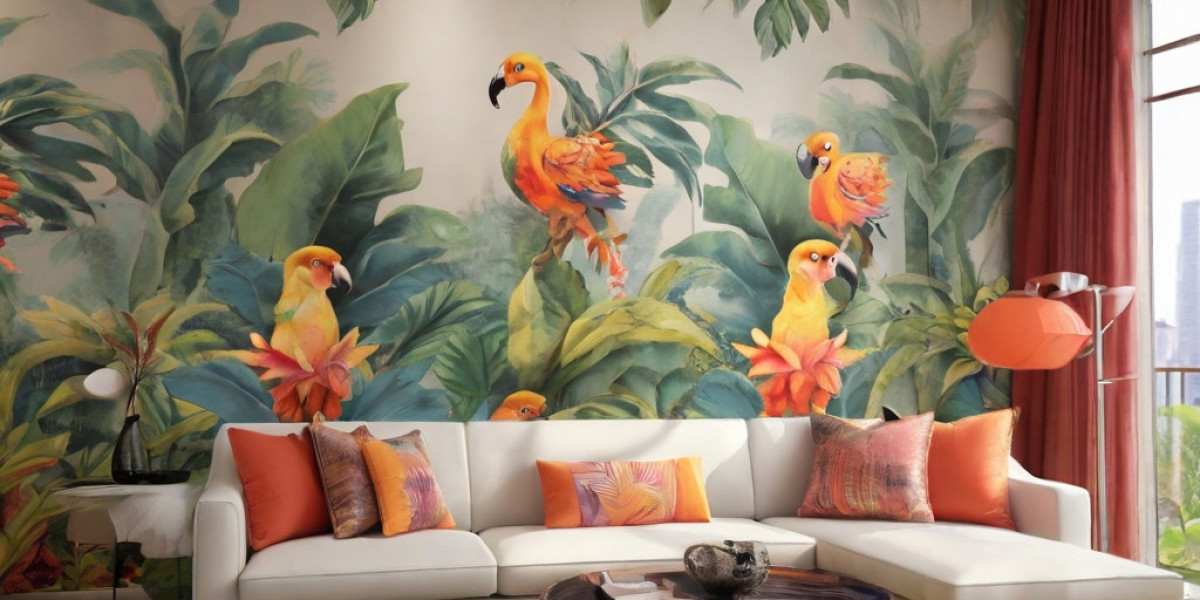Wall Decals for Textured Walls: How to Apply and What to Know
Wall decals are an increasingly popular option for home décor due to their ease of use, flexibility, and ability to transform a space without major renovation. However, applying wall decals to textured surfaces can be more challenging than working with smooth walls. This guide will walk you through everything you need to know about wall decals, including how to apply them to textured walls, the type of textured walls you may encounter, and tips for preparing your surface.
What Are Wall Decals?
Wall decals are vinyl stickers designed for easy application on walls and other surfaces. They come in a variety of shapes, sizes, colors, and designs, allowing homeowners to customize their interiors with minimal effort. Wall decals are especially loved for their temporary nature, as they can be removed without damaging the underlying surface, making them ideal for renters or those looking for non-permanent design options.
Understanding the Type of Textured Wall
Before applying decals, it's important to identify the type of textured wall you have, as this will affect the application process. There are various types of wall textures, including:
- Orange Peel – One of the most common textures, resembling the skin of an orange. It has a slightly bumpy but uniform surface.
- Knockdown – A heavier texture with more noticeable peaks and valleys, often found in older homes.
- Popcorn – A highly textured, bumpy surface commonly used on ceilings but sometimes found on walls.
- Sand Swirl – A decorative texture created by swirling sanded paint or plaster across the wall.
The rougher the texture, the harder it may be to apply wall decals evenly.
Preparing the Wall Surface
Proper surface preparation is key to ensuring that your wall decals adhere correctly and stay in place. Here are the steps to get your textured walls ready:
Clean the Surface – Dust, dirt, and grime can prevent decals from sticking properly. Clean your walls with a mild detergent and water to remove any buildup. Make sure the surface is dry before applying the decal.
Fill In Deep Imperfections – If your textured wall has deeper crevices, cracks, or imperfections, you may need to fill them in with spackle to create a more even surface.
Smooth It Out (Optional) – If your wall texture is particularly rough (like popcorn or knockdown), sanding it lightly can help. However, this is optional and may not be necessary if the decal is designed for rougher surfaces.
Selecting the Right Decal for Textured Walls
Not all wall decals are created equal, especially when dealing with textured surfaces. Here are some tips for selecting decals that work best on textured walls:
Choose High-Quality Vinyl Decals – Look for decals made from premium vinyl, which tend to be thicker and have better adhesive power, making them ideal for textured surfaces.
Opt for Simple Designs – Complex, intricate designs with thin lines may not adhere well to textured walls. Choose decals with bold shapes and fewer small details to ensure better adhesion.
Test a Sample – Many decal manufacturers offer sample pieces. Testing a small decal on your wall first can give you an idea of how well it will stick.
Application Techniques for Textured Walls
When applying wall decals to textured surfaces, you may need to put in extra effort to ensure they adhere well. Follow these steps for the best results:
Start from One Corner – Begin by peeling off the backing from one corner of the decal. Press it onto the wall with your hands, slowly working your way across the surface.
Use a Squeegee or Credit Card – Smooth the decal onto the wall with a flat-edged tool, like a squeegee or credit card, to ensure it adheres evenly. Apply firm pressure to push the decal into the grooves of the textured surface.
Use Heat for Better Adhesion – A hairdryer can help soften the vinyl and improve adhesion. Gently heat the decal while pressing it into the texture with your squeegee or hand.
Maintenance and Removal of Wall Decals
Once your decal is applied, it’s important to maintain it to ensure longevity. Here’s how to care for your decals:
- Avoid Harsh Cleaning Agents – Clean the wall around the decal with mild soap and water. Harsh chemicals may damage the adhesive.
- Inspect for Peeling – If you notice edges starting to lift, press them down firmly or apply a small amount of additional adhesive.
For removal:
- Heat the Decal – Use a hairdryer to warm the decal, making the adhesive easier to remove.
- Peel Slowly – Start from one corner and peel the decal off slowly to avoid damaging the wall.
- Clean the Wall – If adhesive residue is left behind, remove it with a damp cloth and gentle cleaner.
FAQs
1. Will wall decals damage textured walls?
No, wall decals are designed to be removable without causing damage, but for very rough textures, removing them slowly is essential.
2. Can I reuse wall decals?
Once removed, most decals cannot be reused as the adhesive is weakened.
3. Are all wall decals suitable for textured walls?
No, some decals are designed for smooth surfaces. Choose decals specifically recommended for textured walls for the best results.
4. What if my decal doesn’t stick well?
You can use additional adhesive sprays to reinforce the decal, or try applying heat to improve adhesion.
By understanding your wall texture, choosing the right decals, and using the correct application techniques, you can successfully apply wall decals to textured walls and enjoy a fresh, stylish look in your home.
reference:https://supsticker.com/how-to-apply-wall-decals-on-textured-wall/
